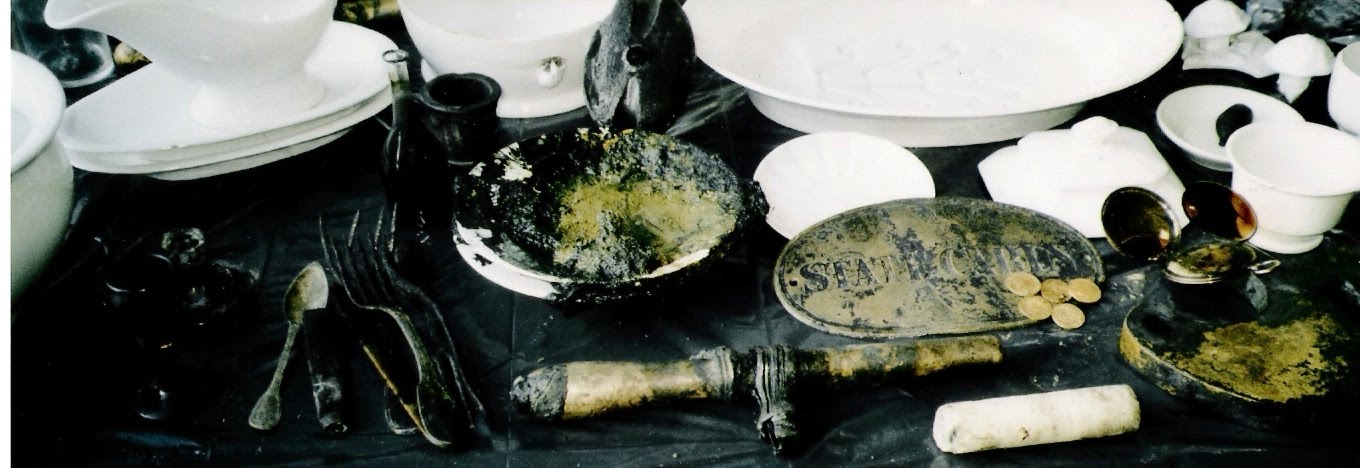Kevin Zelnio -
Apparently there is a study underway that is setting out to empirically determine the ole adage that trawling is bad for the environment, as reported by New Scientist. This is a tale that has been handed down orally from generation to generation of conservationists. Sometimes when a story is repeated many times, it is taken to be a truth.
Other times when a story is handed down among many people for many generations, the message gets altered. The trawling study is done by a well-known and often well-respected conservation organization – The Nature Conservancy. It bears the weight of authority. They have done good work, when I had a little money I supported them, but that was long ago before I decided to live a life of poverty as a science missionary.
The preliminary results go something like the picture above. To be clear, it is important to do controlled, well-designed experiments to understand how trawling affects benthic communities and to disentangle confounding factors. I think this is what the Nature Conservancy and its collaborators are doing.
But, it is also important to emphasize the preliminary nature of the study. You see, this study is underway and has not been published nor subjected to peer review for that matter. Readers have no way to evaluate the study design, methodology or interpretation of the data. The only materials and methods, and results, are found in the short New Scientist article:
“The team wanted to know how often trawlers can rake over a section of muddy sea floor before habitats can no longer recover. Records held by the National Marine Fisheries Service show parts of the continental shelf can be trawled between zero and 10 times a year. So last year, to mimic low-intensity trawling, four plots were hit twice. This October, they were each trawled five times, mimicking a high-intensity trawl. The Beagle took pictures immediately after each event, as well as six and 12 months after the first trawl.
Early signs indicate that marine life survived, even thrived, after last year’s trawls. Since then, the Beagle has spotted sharks, flatfish and thick schools of squid that dove, kamikaze-style, into its red laser lights. Donna Kline, a fish ecologist at California State University in Monterey Bay, thinks that far from destroying a habitat, the trawl may have created a new one by etching grooves into the flat bottom.”
Posted via http://batavia08.posterous.com batavia08's posterous
.jpg)
No comments:
Post a Comment